Video
Sign up for our newsletter
We summarize the week's scientific breakthroughs every Thursday.
-
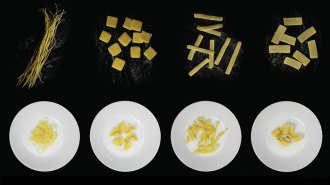 Materials Science
Materials ScienceMorphing noodles start flat but bend into curly pasta shapes as they’re cooked
Shape-shifting pasta could potentially cut down on packaging and save space during shipping.
-
 Planetary Science
Planetary ScienceNASA’s Ingenuity helicopter made history by flying on Mars
An autonomous helicopter just lifted itself into the air on Mars, marking the first time a vehicle has flown on a planet other than Earth.
-
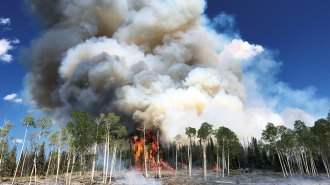 Ecosystems
EcosystemsWildfires launch microbes into the air. How big of a health risk is that?
How does wildfire smoke move bacteria and fungi — and what harm might they do to people when they get there?
By Megan Sever -
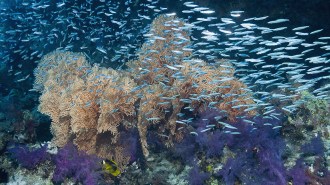 Animals
AnimalsTiny crystals give a plain fish twinkling, colorful dots under light
Fishes’ flashing photonic crystals may provide inspiration for ultra-miniaturized sensors that work in a living body.
By Susan Milius -
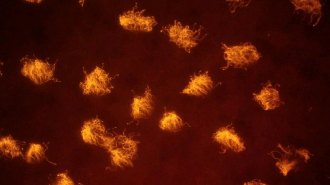 Health & Medicine
Health & MedicineFrog skin cells turned themselves into living machines
The “xenobots” can swim, navigate tubes, move particles into piles and even heal themselves after injury, a new study reports.
-
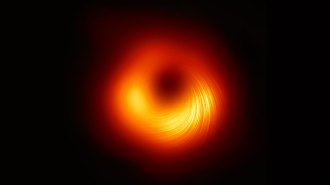 Astronomy
AstronomyA new black hole image reveals the behemoth’s magnetic fields
A new analysis of Event Horizon Telescope data from 2017 brings to light the magnetic fields twisted around the black hole at the core of galaxy M87.
-
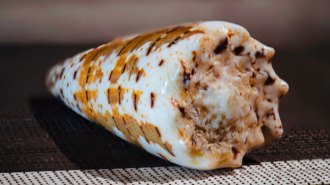 Animals
AnimalsCone snail venom may trick mate-seeking worms into becoming meals
Cone snail venom contains worm pheromone mimics, suggesting the chemicals may be used to lure worms during hunting.
-
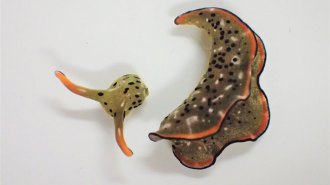 Animals
AnimalsA sea slug’s detached head can crawl around and grow a whole new body
Chopped-up planarians regrow whole bodies from bits and pieces. But a sea slug head can regrow fancier organs such as hearts.
By Susan Milius -
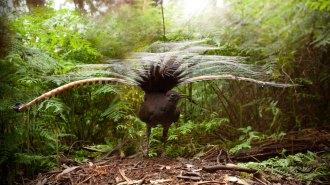 Animals
AnimalsA single male lyrebird can mimic the sound of an entire flock
The Australian birds, already famous for their impressive song-copying skills, appear to be replicating the sounds of a “mobbing flock” of birds.
By Jake Buehler -
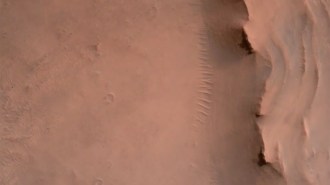 Planetary Science
Planetary ScienceWatch real video of Perseverance’s Mars landing
NASA’s Perseverance rover filmed its own landing on Mars. Here’s that video.
-
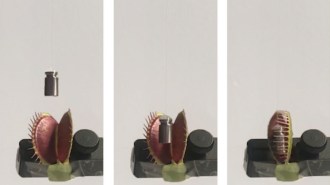 Tech
TechA robot arm toting a Venus flytrap can grab delicate objects
By attaching electrodes to the plant’s leaves, researchers found a way to snap its traps shut on command.
-
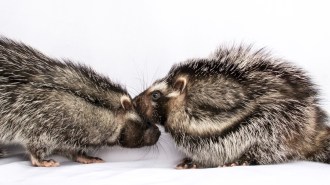 Plants
PlantsRats with poisonous hairdos live surprisingly sociable private lives
Deadly, swaggering rodents purr and snuggle when they’re with mates and young.
By Susan Milius